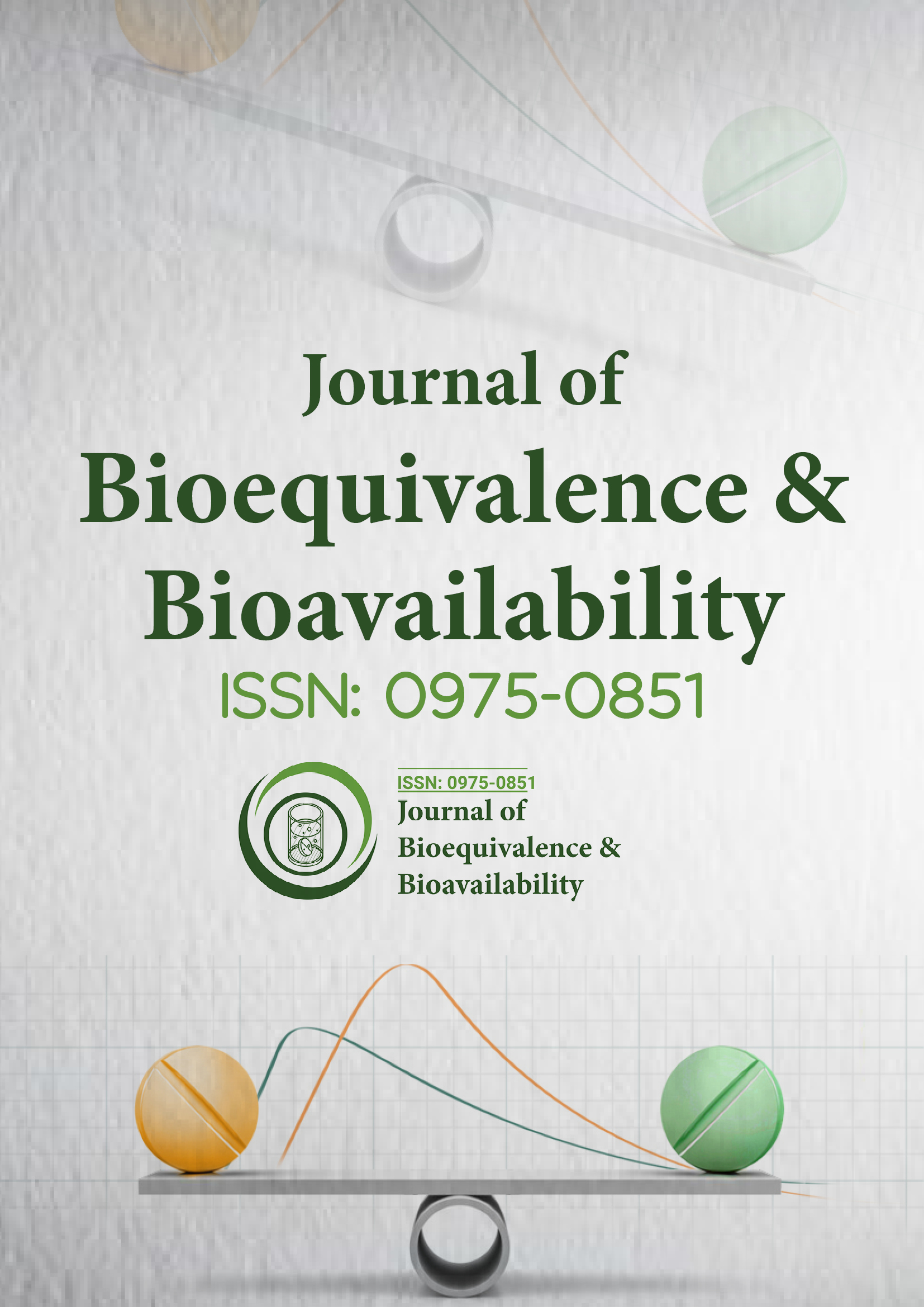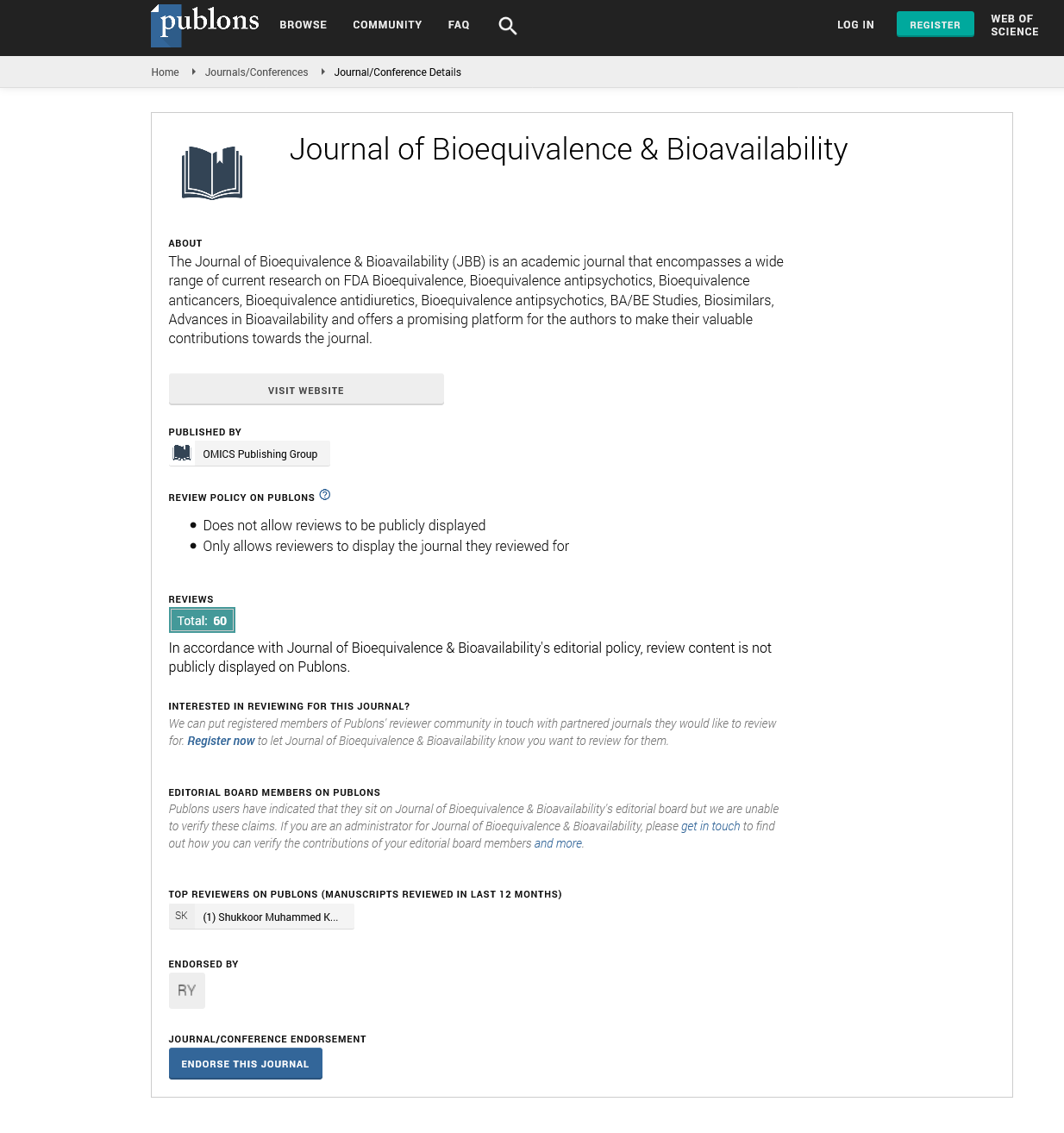Indexed In
- Academic Journals Database
- Open J Gate
- Genamics JournalSeek
- Academic Keys
- JournalTOCs
- China National Knowledge Infrastructure (CNKI)
- CiteFactor
- Scimago
- Ulrich's Periodicals Directory
- Electronic Journals Library
- RefSeek
- Hamdard University
- EBSCO A-Z
- OCLC- WorldCat
- SWB online catalog
- Virtual Library of Biology (vifabio)
- Publons
- MIAR
- University Grants Commission
- Geneva Foundation for Medical Education and Research
- Euro Pub
- Google Scholar
Useful Links
Share This Page
Journal Flyer

Open Access Journals
- Agri and Aquaculture
- Biochemistry
- Bioinformatics & Systems Biology
- Business & Management
- Chemistry
- Clinical Sciences
- Engineering
- Food & Nutrition
- General Science
- Genetics & Molecular Biology
- Immunology & Microbiology
- Medical Sciences
- Neuroscience & Psychology
- Nursing & Health Care
- Pharmaceutical Sciences
Abstract
Survey on Prevalence of Vitamin D as Well as Calcium Deficiency Plus Awareness about Osteopenia and Osteoporosis in Females
Safila Naveed, Asra Hameed, Haris Anjum Siddiqui, Neelam Sharif, Ammarah Urooj, Ramsha Mehak, Fatima Qamar, Syeda Sarah Abbas, Sadaf Ghafoor and Aaisha Farooqui
Introduction: Calcium as well as vitamin D is crucial for bone health. Their deficiency may lead to weak bones by lowering the density of bones, called to be as “osteopenia”. It is alarming sign for patient and healthy life style and adequate diet can control the further damage of bone. Inadequate care may lead to “Osteoporosis”, in which corrosion of bone tissue plinths and disruption of bone architecture take place, the bone becomes consequently fragile that a relatively minor smash or fall causes a fracture or vertebrae to ruin. The subsequent fracture may lead to loss of movement and individuality or freedom. Objective: Our study aims to realize the Frequency of Vitamin D and Calcium deficiency in females and also about awareness of osteopenia and osteoporosis in females in Karachi, Pakistan.
Method: A cross-sectional and random method was used to collect data from females about their vitamin D and calcium level and also about the osteopenia and osteoporosis in Karachi, Pakistan in the month of January-March, 2015.
Results: According to our survey on vitamin D and Calcium deficiency, we find 41% females are deficient to Ca and Vitamin D, 78% females feel pain in back, legs and joints, only 11% females have tested their Vitamin D level and 12% females have tested their Calcium levels. According to our survey on awareness about osteopenia and osteoporosis, we find that only 34% females have knowledge about osteopenia and osteoporosis.
Conclusion: According to our survey, we find that many females are Vitamin D and Calcium deficient but they are not aware about their deficiencies. Very less number of females has tested their Vitamin D and Calcium levels. Awareness about the osteopenia and osteoporosis is also less in females. Steps should be taken at National level to provide its awareness through booklets and proper usage of social media and also to measure blood levels of vitamin D for those who cannot afford it.

